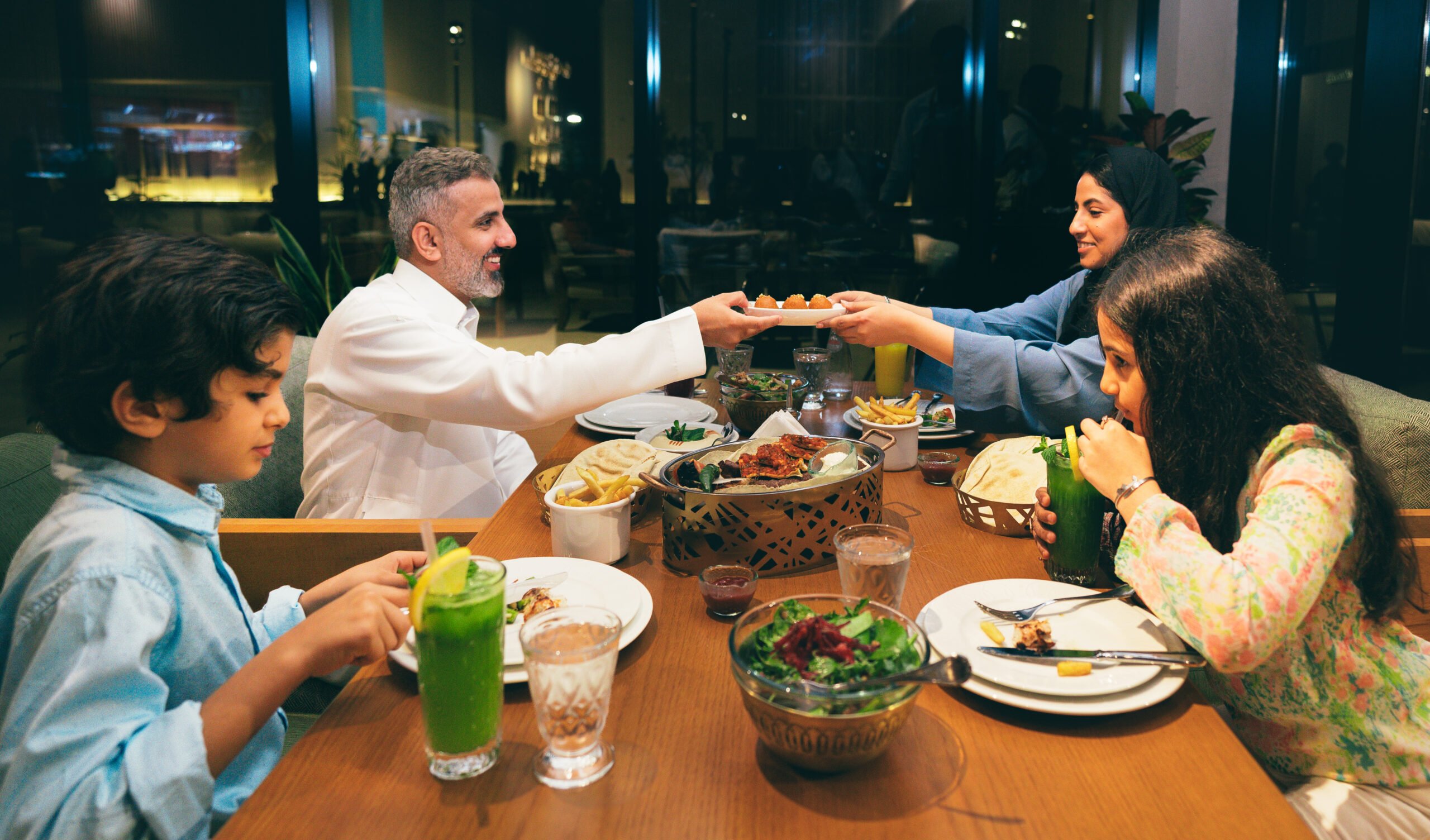The Taste of Tradition: Saudi’s Underrated Cuisine
When was the last time you discovered a cuisine that’s timeless, traditional but somehow still modern?
Think bold spices and a ton of history on your plate.
Think dishes that are true to the country’s roots but mixed with flavors from all over its region and the world.
Think sheer variety with signature dishes from coast-to-coast to tantalize every palate and leave you craving more!
Think it’s time you tried Saudi food.
Question: What is the Saudi cuisine?
Answer: Let’s break it down. Saudi food is all about the basics done right: tender lamb and chicken slow cooked to perfection and served with fragrant basmati rice – a popular combination that will have you asking for seconds.
Spices like cumin, cardamom, saffron, turmeric and dried black limes create the distinctive mouth-watering flavors of signature rice-and-meat dishes like kabsa, bukhari, and mandi. The food can be mildly spicy but mostly it’s rich in flavor.
It’s the traditional cooking method that makes Saudi food really stand out. The meat is seasoned and placed in an earthen oven buried in the ground or else slow roasted over an open fire using dry wood charcoal to give the meat a smoky flavor. The result is a satisfying, mouthwatering feast with an aesthetic that will make the perfect photo finish for your socials.
In other words, it slaps!
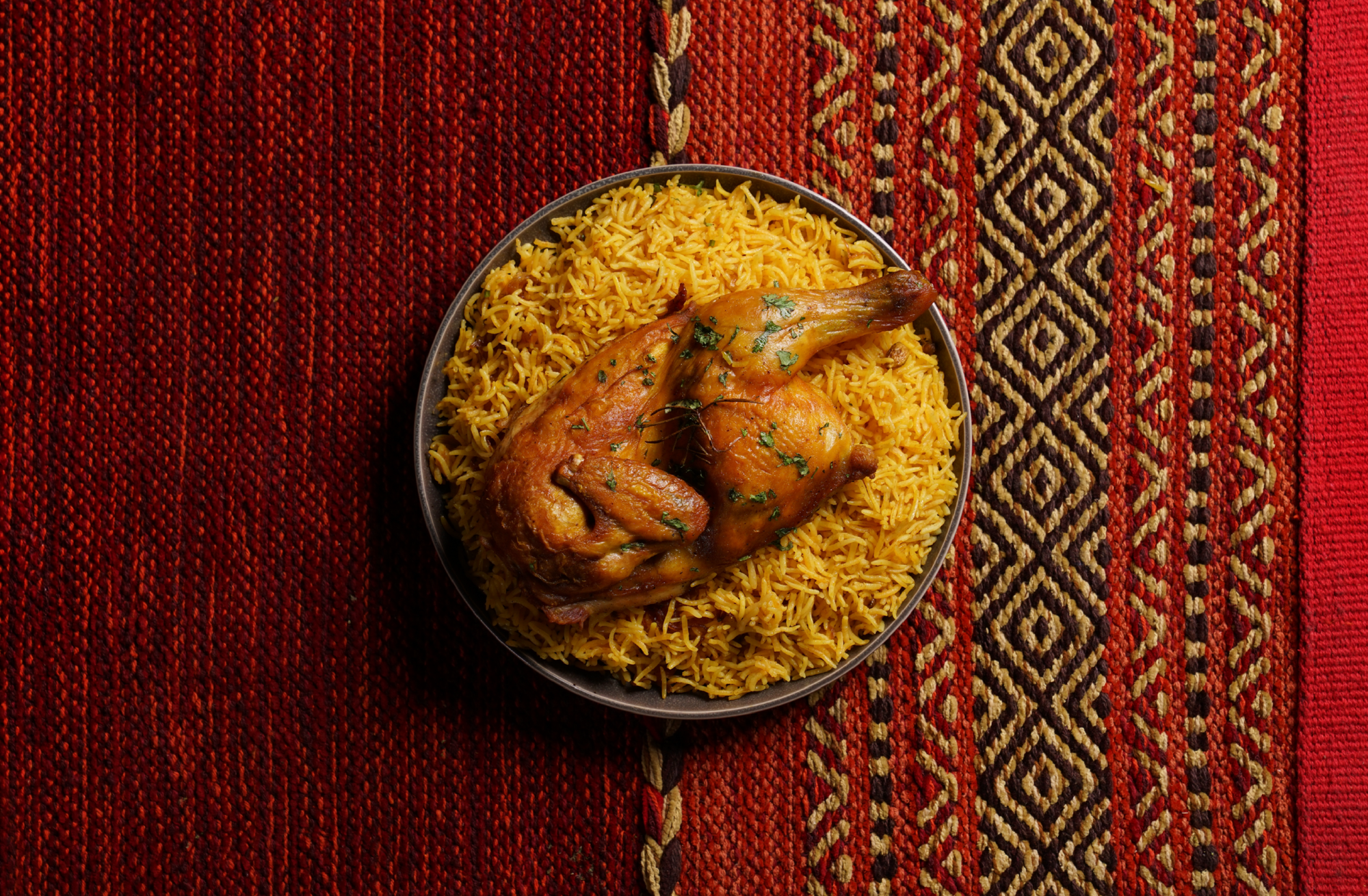
Question: What are some of the traditional Saudi dishes coming out of this cuisine?
Answer: There are so many different traditional dishes with each region bringing its own original touch and interpretation to the meals.
Kabsa, for example, is the ultimate OG dish and part of the entire region’s much-loved food heritage. It’s a delicious one-dish combination of rice with your choice of protein, plus veggies and a special spice mix. Each region brings its own touch to the cuisine’s diverse flavors. Along the Red Sea and coasts, kabsa may feature fish or shrimp; in the eastern region, a tomato-based sauce and grilled vegetables. In the western region, it’s spicier with a side of pickled vegetables. Other traditional dishes like harees (a savory dish of wheat, butter and meat) may take on different spices from region to region. Saudi’s own agricultural diversity adds to this rich variety.
Another traditional favorite coming from the Central Region is jareesh – a composition of crushed wheat and boneless meat, cooked for about 3 to 4 hours over low heat. This grain-based, creamy stew has maintained its place in the cuisine of the inhabitants of the Arabian Peninsula since the ancient times, serving as a reliable source of nutrition for the desert-dwelling communities, up until today.
When the culture is rich in heritage and tradition, so is the cuisine. There are many other irresistible favorites. When winter hits, and temperatures dip to 8 degrees in the interior, Saudis turn to comfort food like marqooq, also known as “broth bread” that contains meat and wheat. Saleeg, a creamy rice and chicken sensation that channels Italian risotto. Tharid, is a stew that’s close to the Irish lamb-and-potatoes classic, and is an absolute staple during the holy month of Ramadan.
If you’re vegetarian, you won’t go hungry either. From foul (a dish based on fava or broad beans) to red bread or Ta’if rose jam, Saudi cuisine also has a large selection of non-meat based offerings that accommodate different dietary preferences. In addition, vegan and vegetarian offerings have been on the rise in the Kingdom in recent years, with young entrepreneurs launching their own brands and trendy restaurants, offering modern twists and interpretation of traditional classics. Make sure to take a walk along Tahliyah Street in the heart of Riyadh one night, if you want to explore this vibrant scene more.
So, which are you trying first?
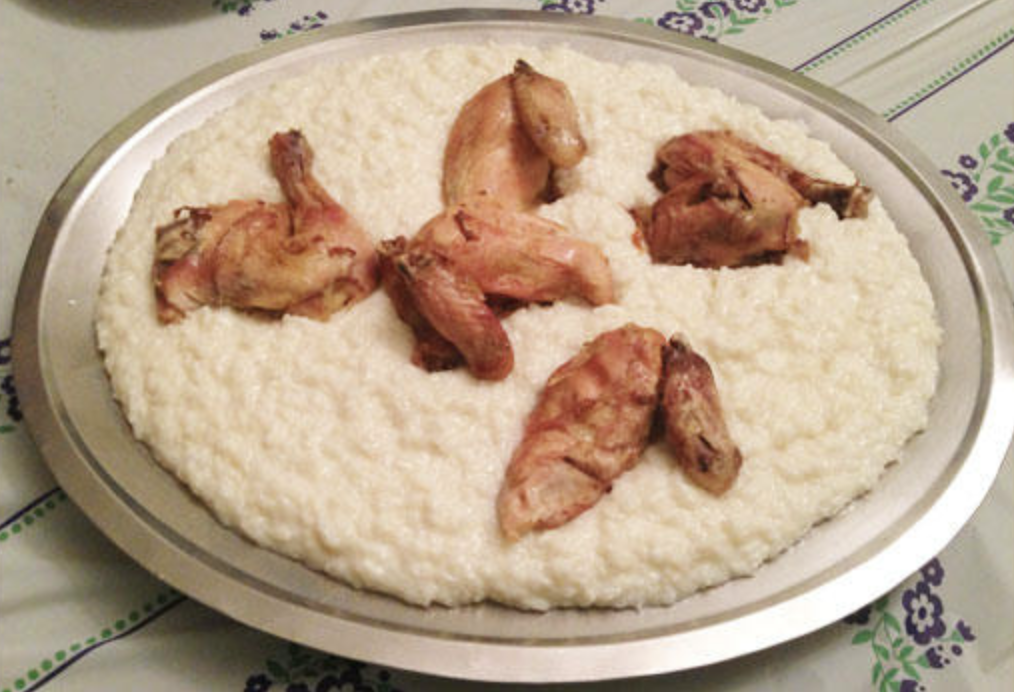
Question: I’ve heard that Saudis eat camels. Is that true?
Answer: Yes, it is. Just as the French eat horse, or the Americans eat deer; Saudis eat camels. It’s a delicacy, known for its strong flavors, resembling beef in taste, but maybe with a little more depth. Camel milk, yoghurt, cheese, and butter are even considered a bit more nutritious, and have found appeal as a Saudi-made global export. It’s been given a modern edge by an innovative new Saudi brand, who’ve come up with amazing flavors like chocolatey orange and lavender. You have to try their viral camel milk gelato!
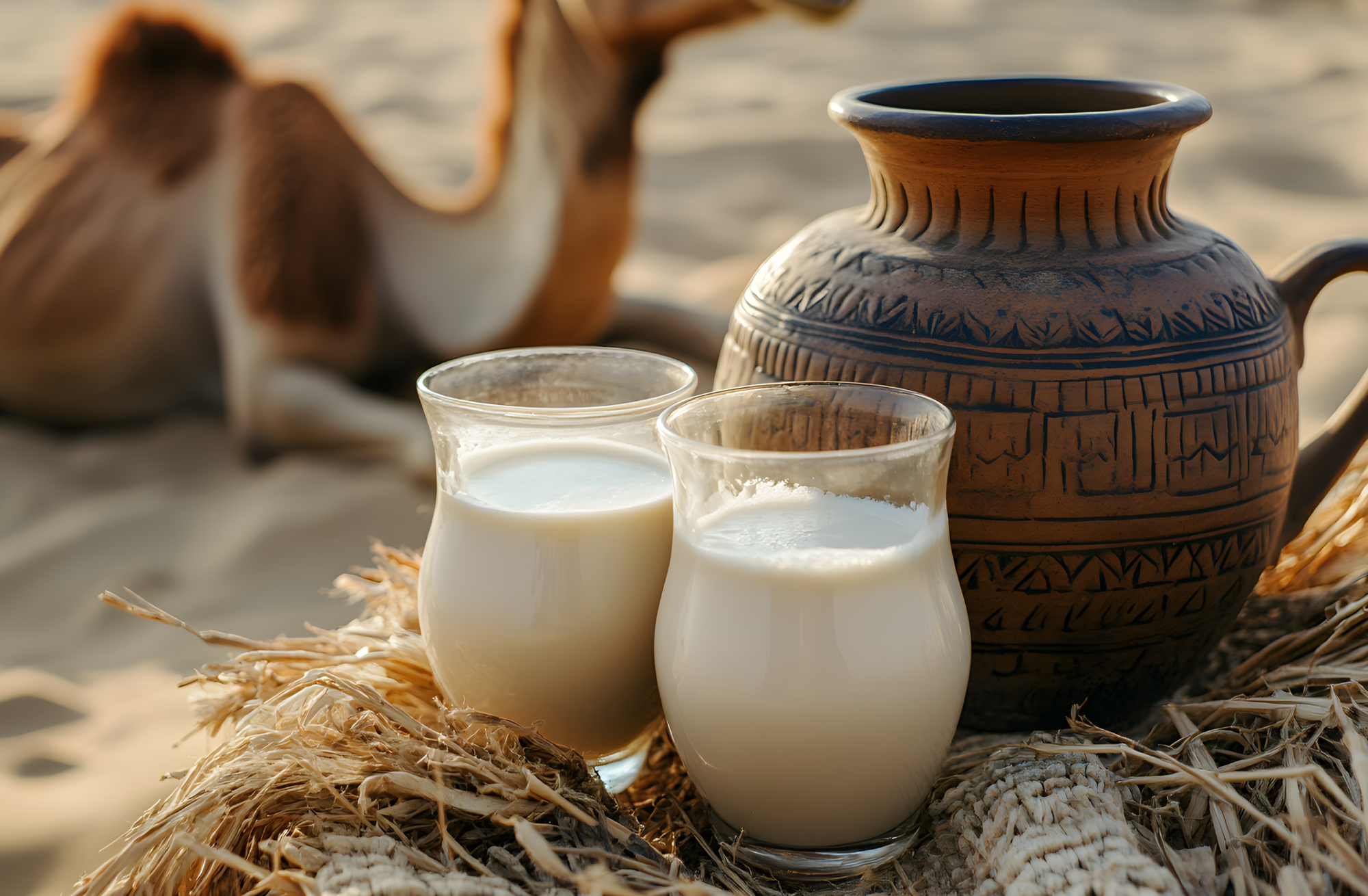
Question: Can I experience the “farm-to-table” dining concept here?
Answer: Definitely. A whole new generation of Saudi restaurants are embracing the farm-to-table philosophy, combining authentic home-style cooking with fruit, vegetables and meat from their own farms or else locally sourced. They’re setting an exciting direction for modern, sustainable dining. Saudi’s “desert farming” has its challenges and farmers are adopting innovations like vertical farming and hydroponics to meet the demand for their fresh fruit and vegetables, from healthy, leafy greens to plump strawberries. Zaitona Farm, along the Sarawat Mountains in Al Baha, will let you explore the 150,000 square meter farm and its rolling olive and fruit tree orchards, after a delectable breakfast.

Question: What’s the buzz on Saudi’s international dining scene? What impact has the expat population had on Saudi’s cuisine?
Answer: Saudi’s dining scene is a global buffet, featuring high-end gourmet international cuisines, the quirkiest street food and new-to-market brands run by talented Saudi chefs.
The big expat cities like Dammam, Jeddah, and Riyadh each have a dynamic culinary scene. They’re shaking things up, with celebrity chefs opening new eateries, and young Saudi restauranteurs going bold with innovative dining concepts. As the Kingdom embraces a healthier lifestyle, these Saudi chefs are coming up with modern, nutritious takes on classic dishes.
The Saudi palate has always enjoyed a lot of influence from the Arab region. There are shared favorites like shawarma, falafel, and mandi. And from the South Asian region, there are popular snacks like samosas, a pastry with spicy vegetables or meat.
But very expat will find a taste of home and even the food courts you’ll find in every mall are heaving with popular dining options from every corner of the globe. You’ll find your usual high-end and international fast-food staples. Yet the most popular are the trendy new joints, as the nation loves to support their local products.
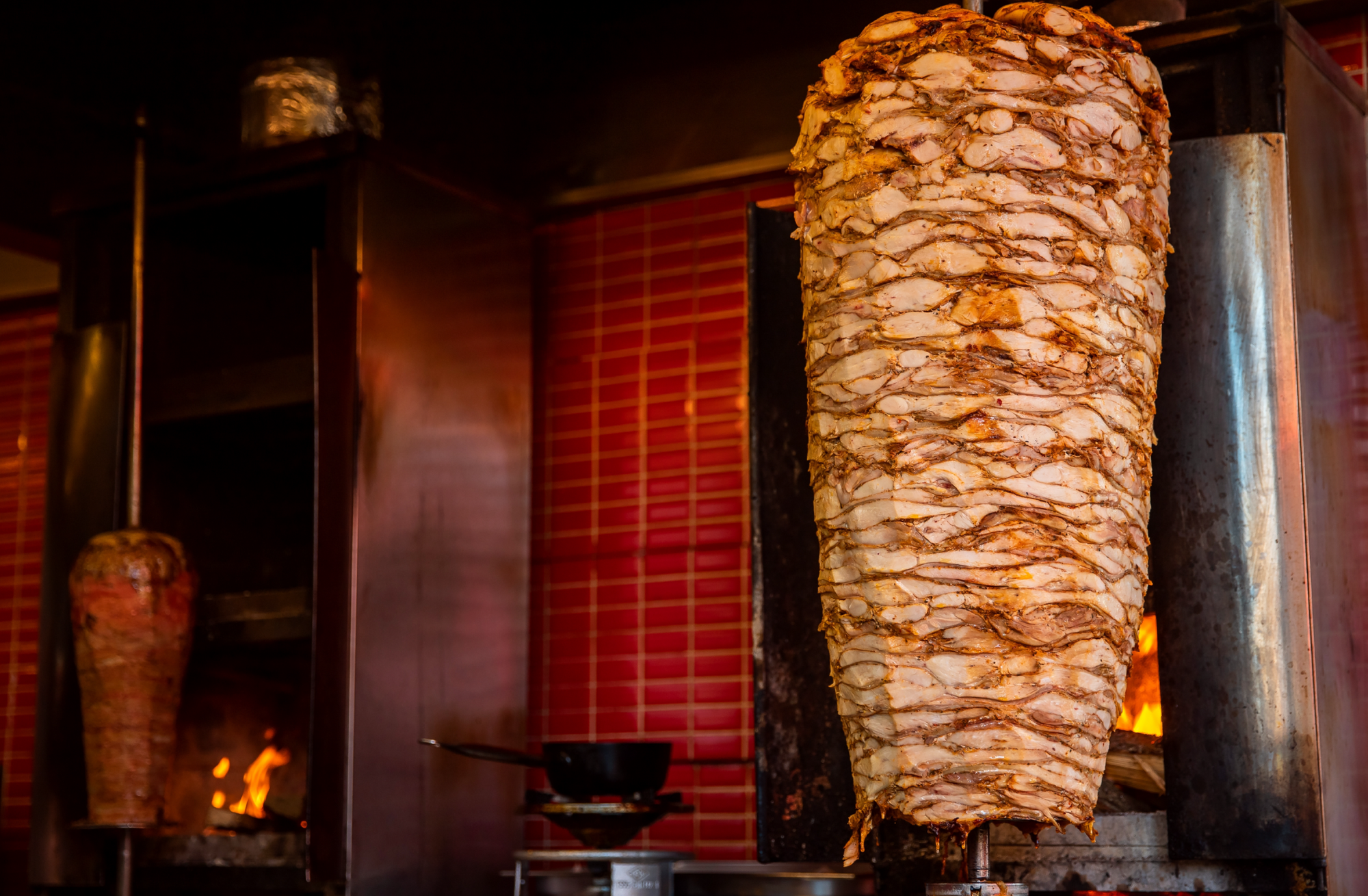
Question: How about the country’s street food scene?
Answer: If you have a midnight craving, don’t think twice about heading out. You’ll find meaning in the expression “the streets don’t sleep”.
Riyadh has a rocking street food scene, while Madinah’s international food market is actually a great place to try Saudi specialties like luqaimat – some call it the Saudi donut – or mutabbaq – a folded pastry filled with vegetables or meat.
Or take a walking food tour through Jeddah’s Al Balad (Old Town). Traditional bakeries and vendors will entice you with fresh, tender tamees bread straight from brick ovens and Saudi dishes made the traditional way.
Question: Other than restaurants, how can visitors experience the renowned Saudi hospitality through its cuisine?
Answer: Saudis are super hospitable and warm, so easy to make friends with. When you eat together, you’ll be fed like royalty, with food coma-inducing platters piled high with good food. Saudis recently started opening their homes to visitors for a short stay. You can experience the lifestyle and all the different ways Saudis show the hospitality they’re known for. Something else that’s truly Saudi is a keshta, a wintertime gathering in the desert. It’s the best way to enjoy incredible food, qahwah (traditional Saudi coffee) and the company of friends around a wood-burning fire.

Hungry for more?
Are you ready to embark on a foodie adventure? Maybe channel Anthony Bourdain and follow his culinary tour of Jeddah? Or hit up the street stalls of Riyadh? Maybe go all out with a three-course feast or a trendy fusion restaurant. Unforgettable flavors and tastes await you in the Kingdom of Experiences.

